Photos: UC Berkeley falcon chicks have hatched! Best moments so far
The falcon chicks have hatched, and the world is watching!
Cal Falcons raised money last year for the installation of two nest cameras on UC Berkeley’s Campanile Tower, where Peregrine Falcons Annie and Grinnell have been nesting since 2017. Cal Falcons is a collaboration of the Golden Gate Raptor Observatory (a Parks Conservancy program), the UC Berkeley Museum of Vertebrate Zoology, East Bay Regional Parks District, and the Institute for Wildlife Studies.
On April 24, 2019, two chicks were hatched on the live stream nest cam and have been creating quite the buzz on social media since. The chicks, now five weeks old, should start fledging in the next week. We’re hoping the second camera, facing a ledge where previous years’ chicks have been known to fledge, will allow us to follow along as they venture from the nest.
Check out our favorite moments so far in the gallery below.
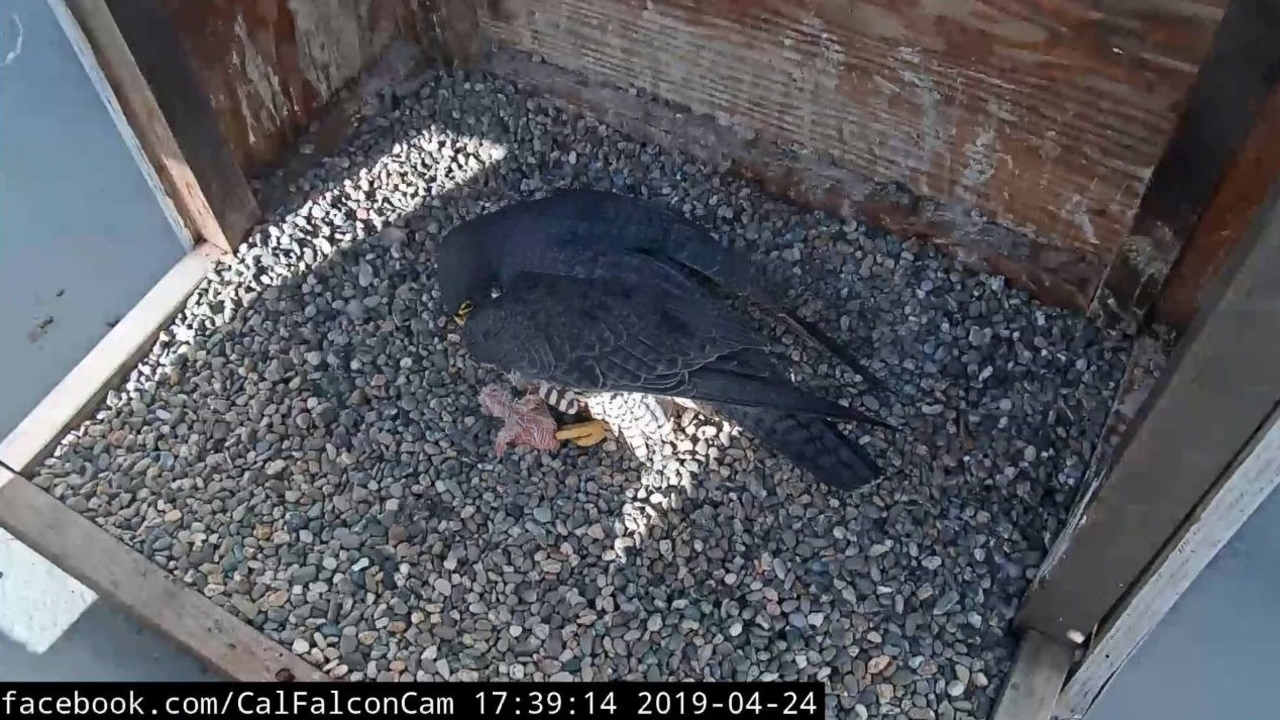
Courtesy Cal Falcons
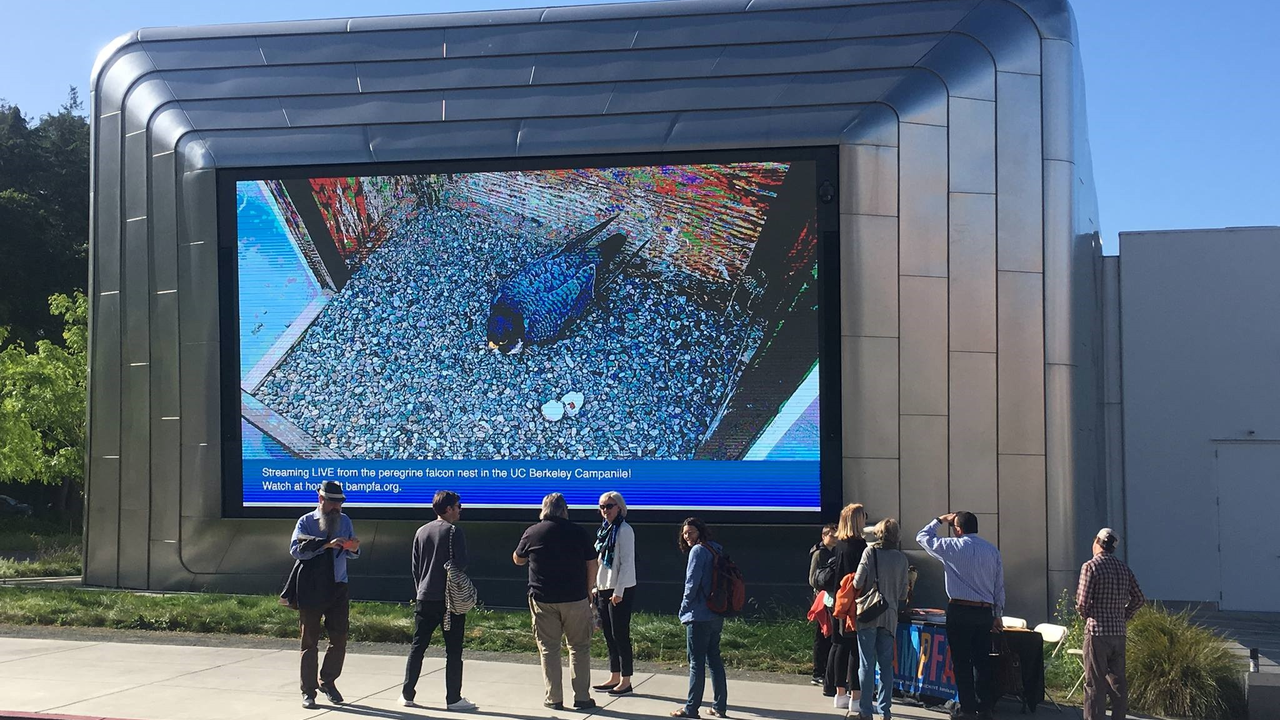
Allen Fish / Golden Gate Raptor Observatory
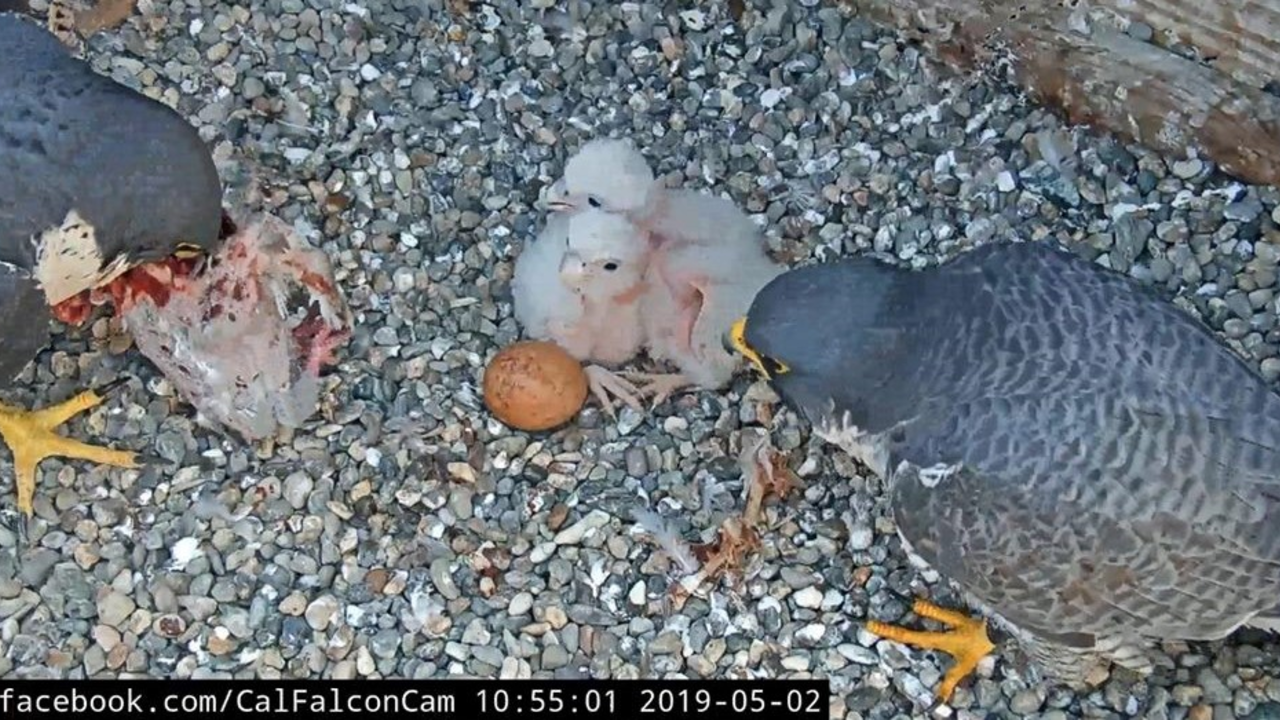
Courtesy Cal Falcons

Courtesy Cal Falcons
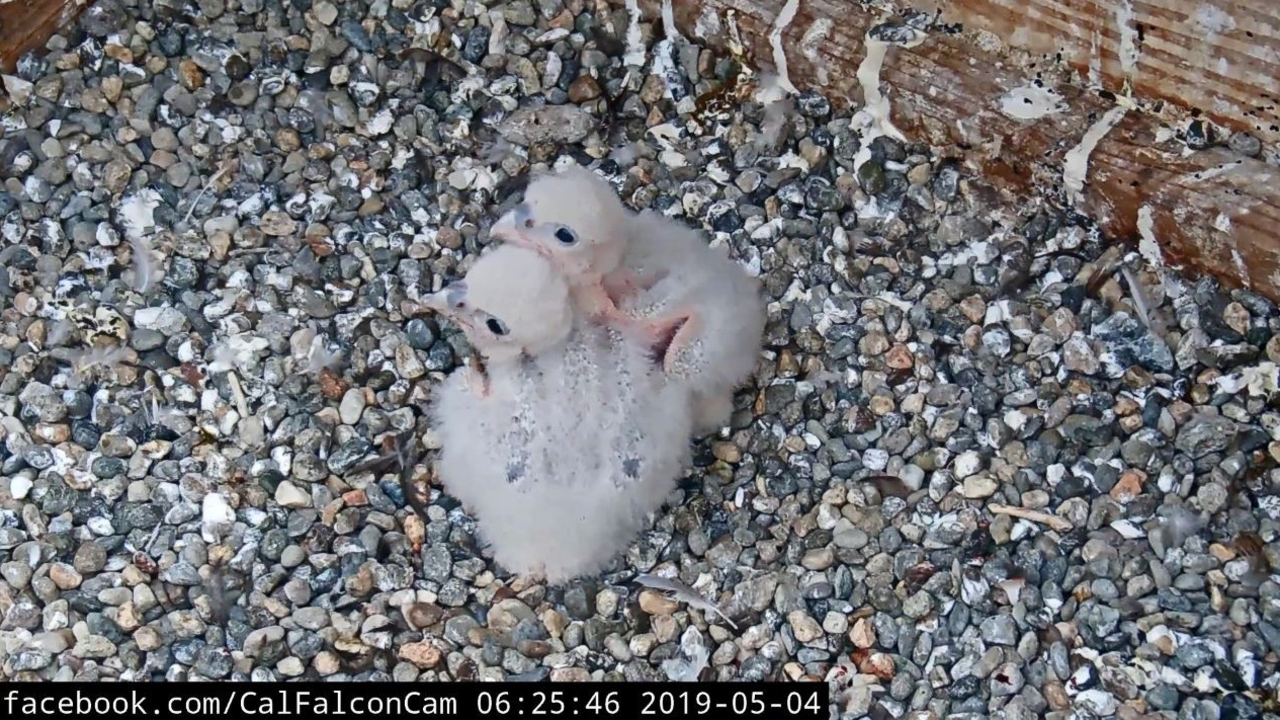
Courtesy Cal Falcons

Courtesy Cal Falcons

Courtesy Cal Falcons
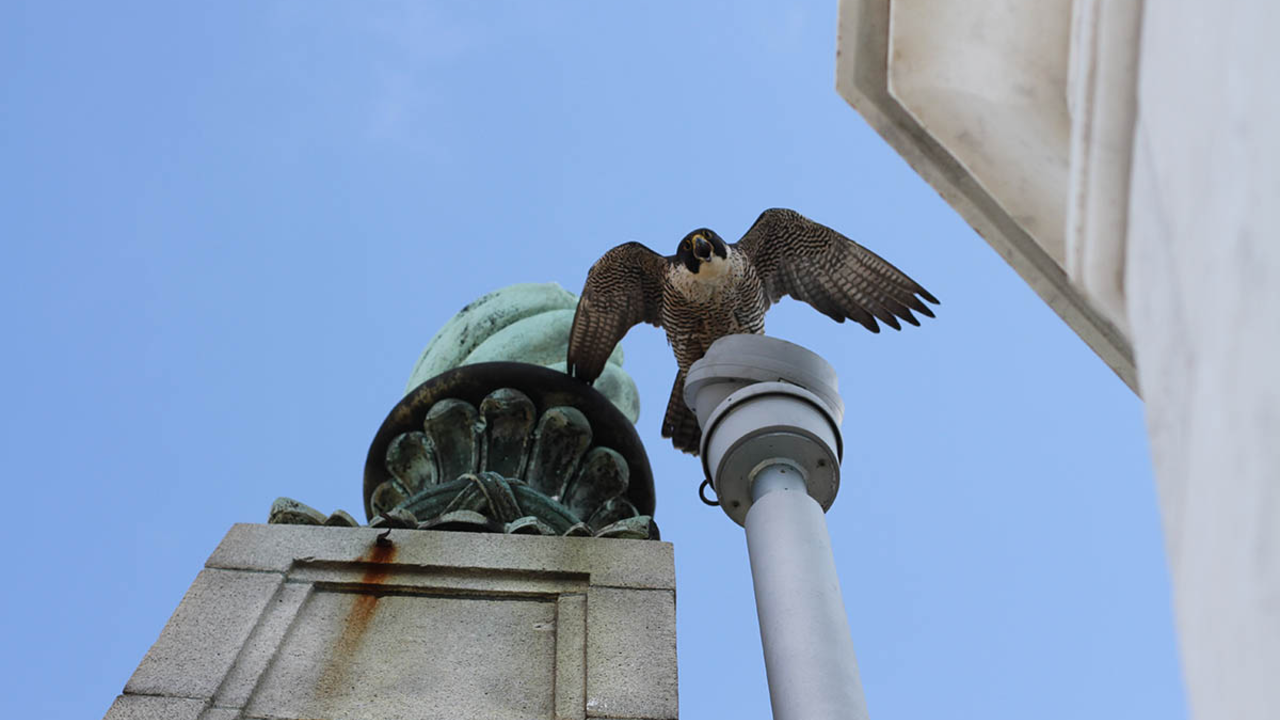
Courtesy Mary Malec

Courtesy Mary Malec
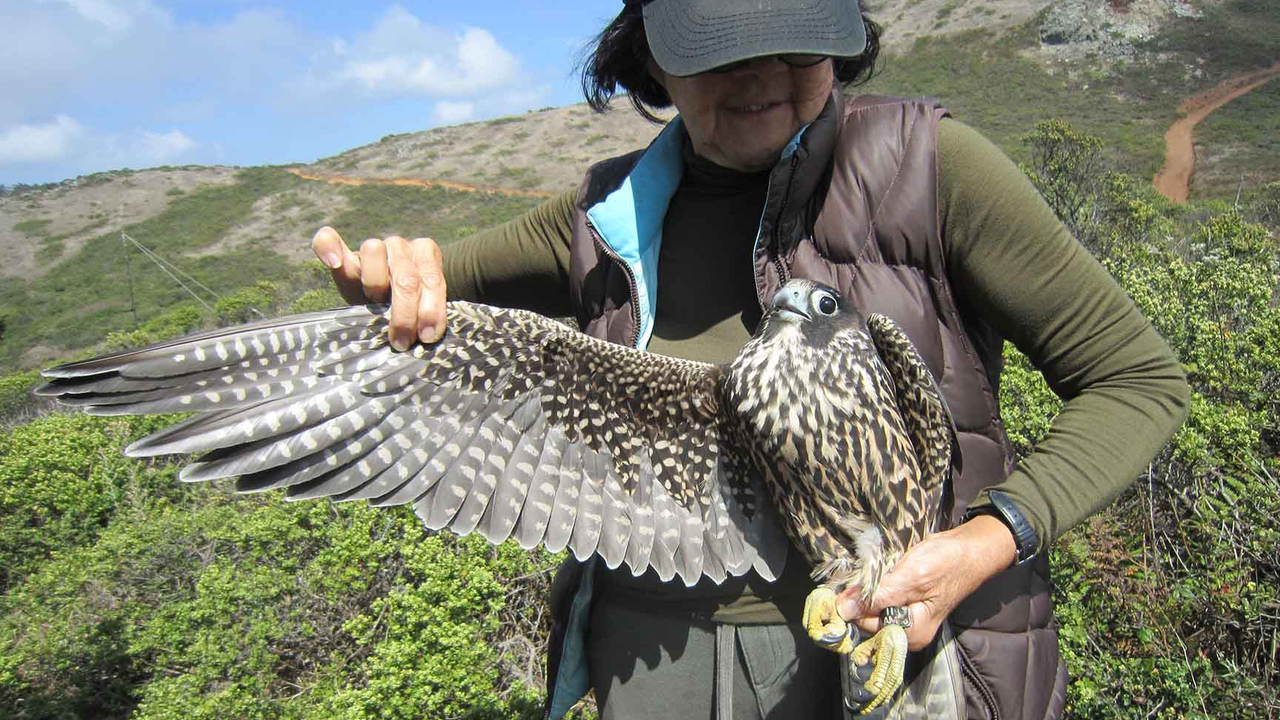
Courtesy Kirsti Carr
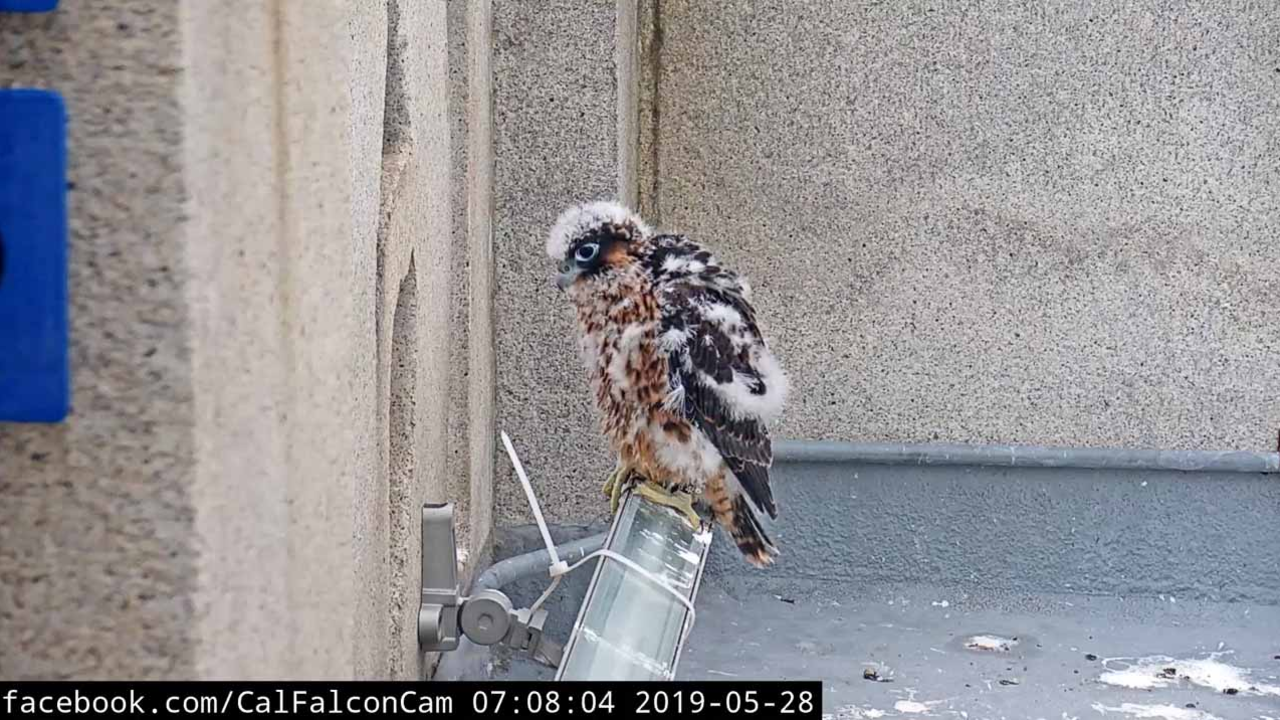
Courtesy Cal Falcons
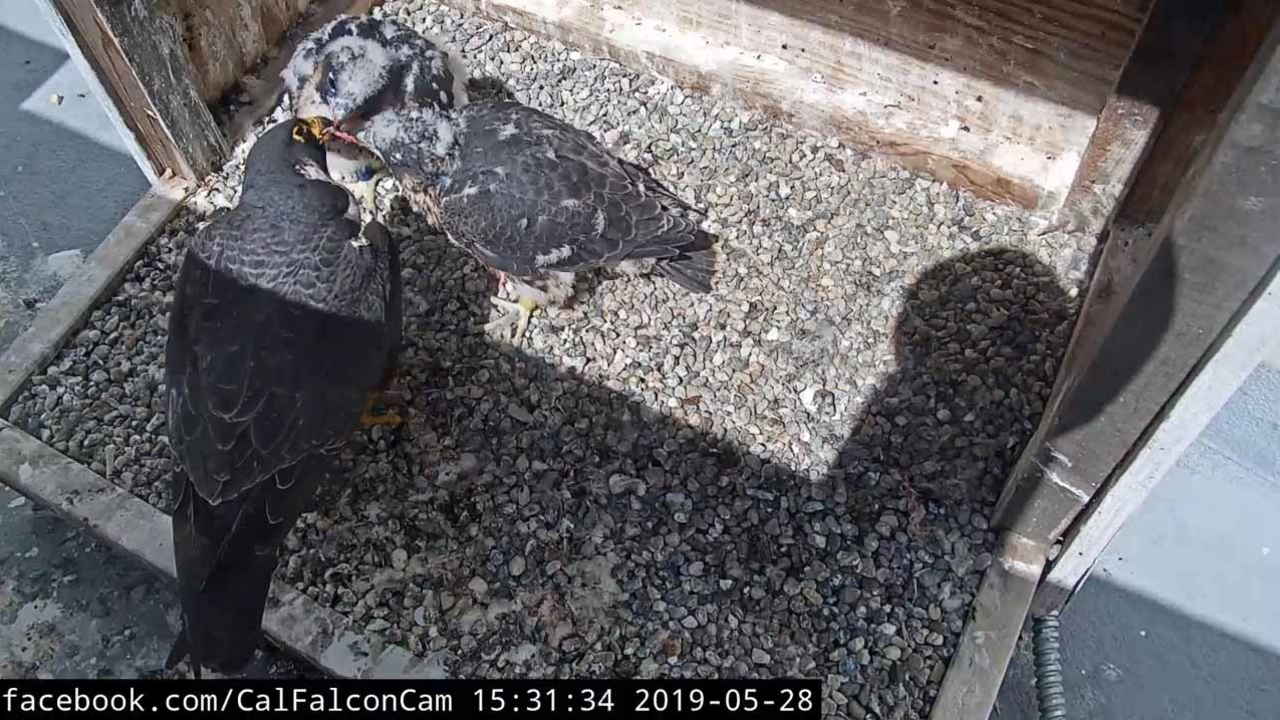
Courtesy Cal Falcons